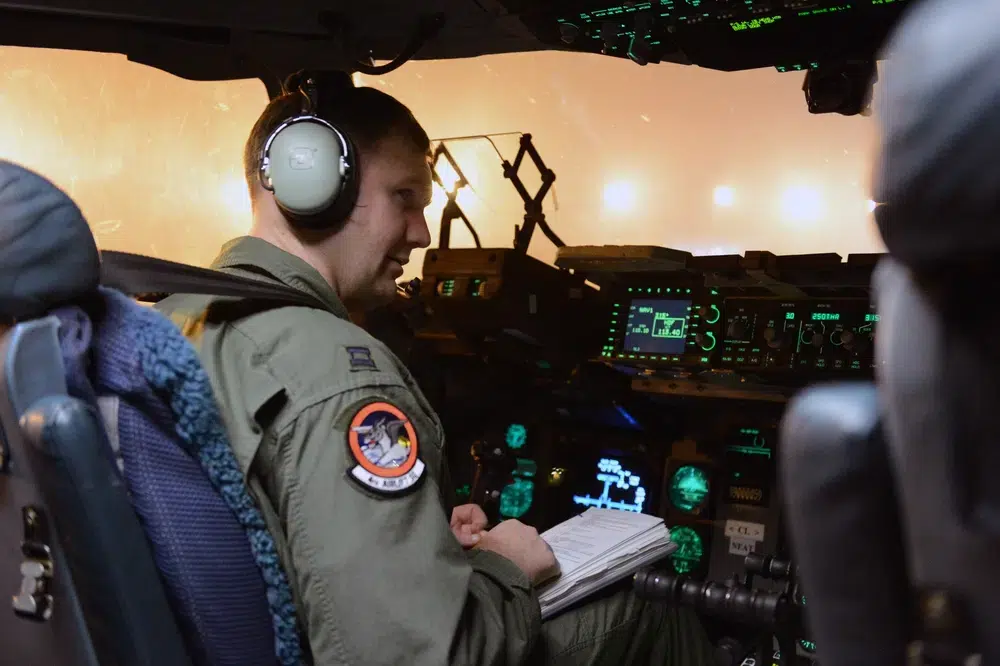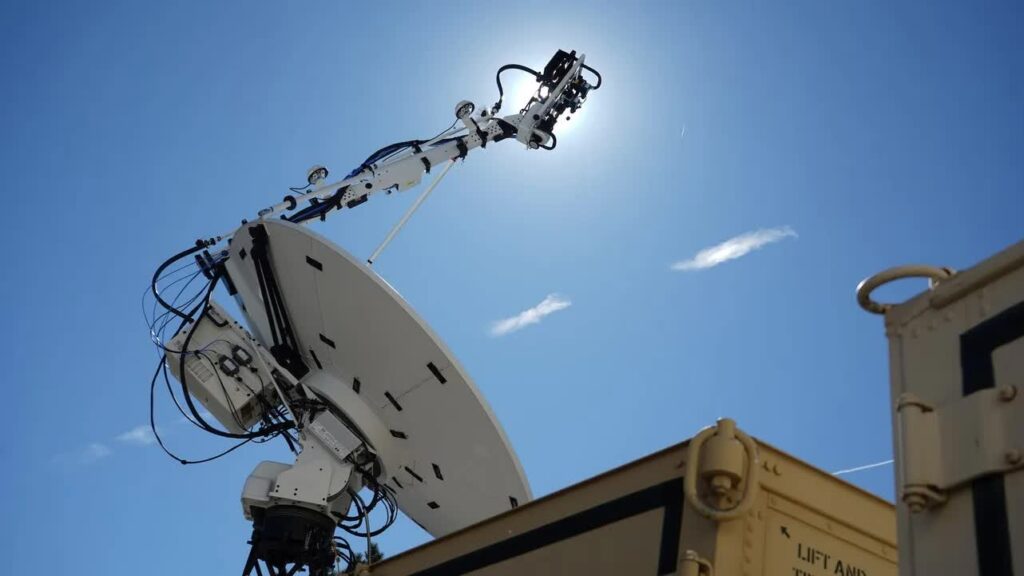Advice on self-discipline from an F-35 pilot instructor
- By Hasard Lee
Share This Article

Self-discipline: the ability to make yourself do things that should be done. How do you know if you have it? The coronavirus shutdown gave us a window into our character.
Social events were canceled and work went remote – most people had a lot more time on their hands. What did you do with it? Are you in better shape? What about those books you meant to read or that skill you’d been wanting to learn? During lockdown, we were stripped of our normal excuses. Looking back, did you spend the majority of your time productively, or did you treat this time like a kid during a snow day? If you wasted your time, or still do, let me offer one tool that might help: the checklist.
All aircraft come with a checklist. A checklist is an amazing tool that allows the pilot to understand the actions they need to take. In the F-35, we have a checklist for starting the aircraft, taxiing, taking-off, refueling, landing, and for just about any action you would ever take. Most pilots memorize these normal tasks. Where the checklist really makes its money is during an emergency.
There are hundreds, potentially thousands of things that can go wrong in a fighter aircraft – engine failure, loss of a generator, flight control failure, the list goes on; it’s too much information for a human to memorize. So, we turn to a checklist.
Related: The story behind this all-gold F-16 – and 5 more new combat plane paint jobs you need to see

The checklist has the steps we have to take and is prioritized by severity and sequence. Some steps must be done in a precise order otherwise you won’t achieve your goal – for example, you must turn the engine switch off so that you have enough electrical power to reset the leading edge flaps. When able, though, the checklist prioritizes the important steps first, realizing that in a high-pressure, dynamic situation, the pilot may not be able to get to all the steps – for instance, getting oxygen to the pilot is more important than resetting the leading edge flaps.
So how does a checklist help the average person on the ground at 1G? In our daily lives, we need to prioritize tasks by severity and sequence. This is especially true in contingency environments – which are similar to an emergency while flying – as was the coronavirus pandemic.
Whenever your mind is most clear – for me, it’s in the morning before my situational awareness is drained by the day’s various tasks – write down a checklist for your day. Prioritize it by severity first – what are the top things you have to do? Rank each task while making sure there are specific criteria for crossing each one off. Next, figure out if any of the tasks build on each other; if they do, put them in the proper sequence.
After reading this, write down at least three things you would like to do in the next 24 hours. Once they’re on paper, you’re committed to doing them; it’s essentially a contract with yourself. It may sound ridiculously simple, but that’s self-discipline: the ability to make yourself do things that should be done.
This article was originally published in October 2020. It has been edited for republication. You can follow Hasard Lee’s Youtube channel here.
Read more from Sandboxx News
- Why more vets should work in shipyards, according to Marine leader
- DARPA is developing laser technology to transfer power all over the world
- Embassy Marines in Vietnam fought against the Viet Cong despite their odd weapons
- Navy SEALs and Delta Force commandos living together in the jungles of South America
- The Air Force made Lockheed’s Skunk Works design a stealth pole
Related Posts
Sandboxx News Merch
-

A-10 ‘Thunderbolt Power’ Framed Poster
$45.00 – $111.00 Select options This product has multiple variants. The options may be chosen on the product page -

‘Sandboxx News’ Camo Trucker Hat
$29.00 Select options This product has multiple variants. The options may be chosen on the product page
Hasard Lee
Related to: Airpower

What it’s like to visit Korea’s Demilitarized Zone

Space Force to deploy new jammers to yell at enemy satellites

Ukraine peace negotiations don’t look promising

Unit 684 – The South Korean suicide squad with the tragic history
Sandboxx News
-

‘Sandboxx News’ Trucker Cap
$27.00 Select options This product has multiple variants. The options may be chosen on the product page -

‘AirPower’ Classic Hoodie
$46.00 – $48.00 Select options This product has multiple variants. The options may be chosen on the product page -

‘AirPower’ Golf Rope Hat
$31.00 Select options This product has multiple variants. The options may be chosen on the product page -

‘Sandboxx News’ Dad Hat
$27.00 Select options This product has multiple variants. The options may be chosen on the product page
